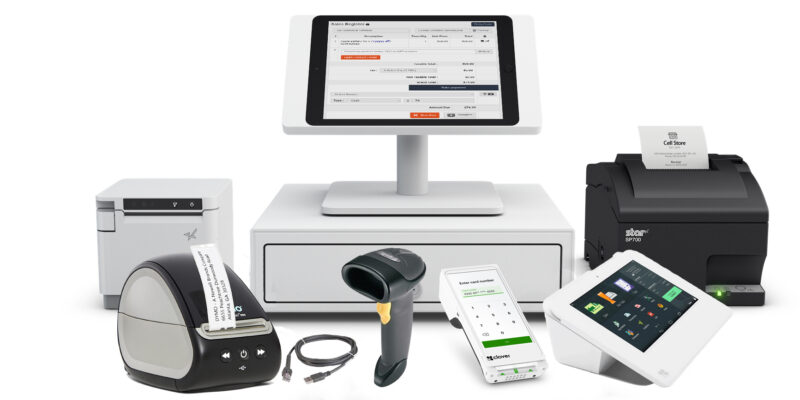
Whether we want to upload documents, or listen to calls, we rely on smartphones. As phones are prone to failure, users look for trusted, reliable repair service providers.
Over the years, the mobile phone repair industry has undergone a remarkable evolution. This includes fixing older versions to the changing design and complexity of modern smartphones. In this post, we will explore the journey of phone repair techniques from their beginning to today’s advanced solutions.
Moreover, we will discuss how a POS system for cell phone store can help you manage all the ongoing processes. So, as a repair shop owner, you can spend more time on expanding the business rather than organizing everything. Let us begin.
- Initial Days of Smartphone Repair
In the beginning, smartphones were simple in design and had fewer components. They were also made of solid materials, hard to break, and used less sophisticated technology. The major issues were battery malfunction and replacement, screen replacement, and faulty touch buttons. Other than that, there were no issues that were hard to resolve.
So, what repair technicians would do? They used to take the faulty components out and replace them with new parts and accessories. Such repair jobs were easy for technicians and shop owners to manage and took little time.
Modern smartphones come with a number of features compared to today. However, they are difficult to repair, and even the repair parts are expensive and sometimes hard to find. In addition, if you want to keep serving your customers right, you should have all the required parts and accessories in the inventory.
This is where a POS system for cell phone store comes into play. It will notify you whenever you run out of stock. Also, you can order parts from your desired vendors. So, you will not lose any more sales due to a shortage of stock.
- Challenges and Innovations
With time, smartphones have become more advanced and practical. Today, even one won’t need a computer or laptop and can do their daily chores using the latest mobile phone. Unlike older models, smartphones these days feature tightly integrated components. This makes it challenging to do repairs without specialized tools and expertise.
One key was the design limitation. For instance, modern-day smartphones do not allow you to replace or repair batteries on your own. To do that, one must visit a repair lab or some experienced professional who can do the job perfectly.
Along with that, smartphone manufacturers like Apple, Samsung, Sony, LG, etc., began incorporating design elements like sealed enclosures. This made accessing internal components even more challenging and frustrating for people to fix their devices on their own.
This resulted in the professional adapting to these changes by developing new methods to overcome design limitations. Then, a new era of phone repair began in the late 2000s.
In addition, with time, software companies developed automation tools, helping transforming cell phone repair shops with POS solutions. The technology helped entrepreneurs streamline all the processes to save time and hassle.
- Advanced Repair Techniques
With every passing day, the repair techniques and methods are getting advanced as well. If you look closely at the past, one of the developments has been the widespread adoption of micro-soldering. This is a technique used to repair damaged circuits at the microscopic level.
Note: Please note that soldering iron and wire are some of the most important tools one must have at a phone repair shop. They help you repair all types of damaged and old circuits.
Using the soldering method, a repair technician can diagnose and fix issues like data loss, power failures, and hardware malfunctions. Otherwise, the device or circuit would be useless.
Similarly, component-level repairs have become increasingly common in the phone repair industry. Technicians can repair individual elements, including ICs and capacitors, instead of changing the entire modules.
- The Role of Technology, Software Solutions, and Lucrative Opportunities
Technology and innovation can undoubtedly help expand any industry. As far as phone repair is concerned, the POS software for cell phone repair has played a crucial role. From managing inventory to keeping an eye on the cash flow to managing employees, software can assist with every aspect.
Similarly, using modern-day tools like multimeters and thermal cameras, technicians can pinpoint hardware and software issues. This can help them make informed decisions about the most effective repair solutions.
In addition to using technology, one can look for lucrative business opportunities in the phone repair industry. For instance, to grow revenue, one can sell accessories, offer online services, and start buybacks. This way, one can earn more and enhance customer retention.
The Way Forward
The evolution of phone repair techniques has been a great journey marked by adaptation and innovation. From basic fixes to advanced solutions, technicians have continually pushed the boundaries of what is possible to restore a device. Hopefully, the promise of emerging technologies offers exciting possibilities for further improving the repair process. This way, people can use their smartphones for a long time.






